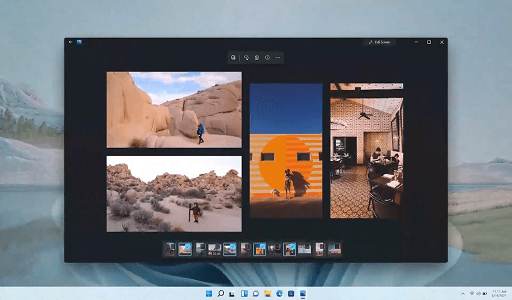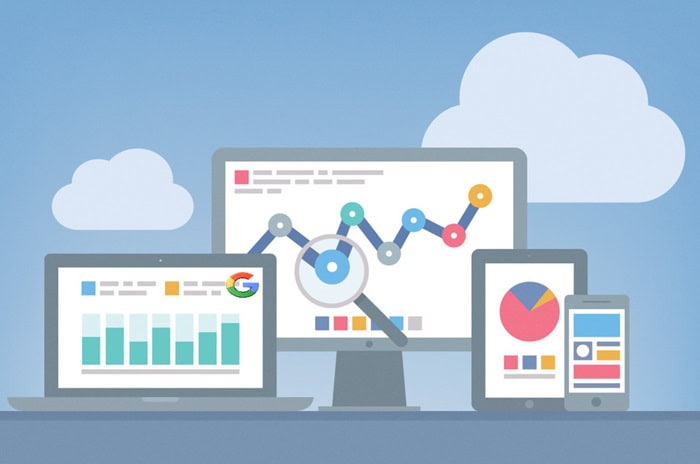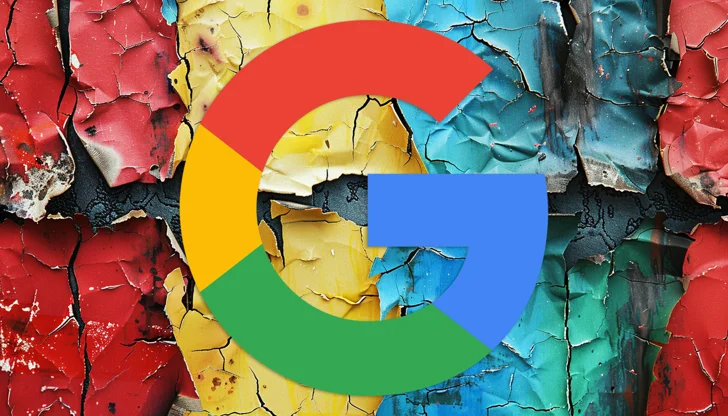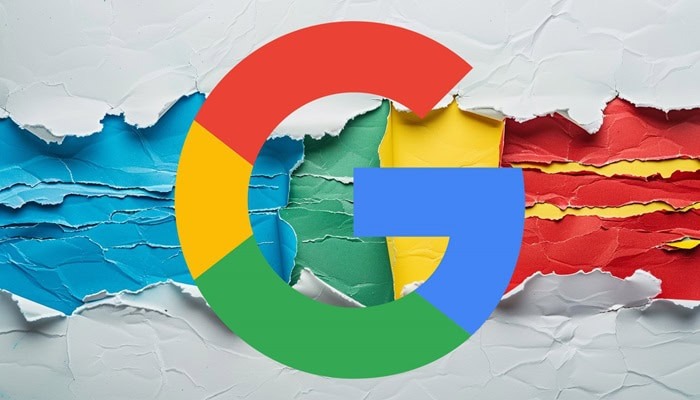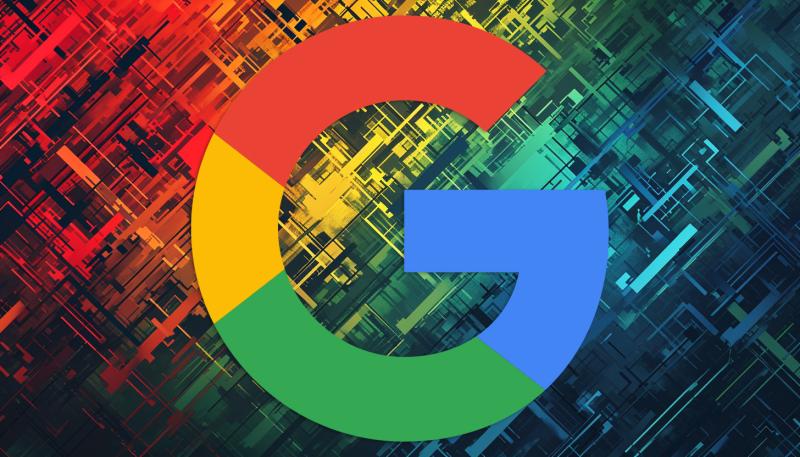Automation has taken center stage in PPC community discussions this year. Two significant advancements in AI, namely Performance Max (PMax) and Search Generative Experience (SGE), stand poised to transform the landscape of digital search marketing.
PMax introduces a novel campaign type that helps advertisers to run Ads seamlessly across all of Google’s networks—from search and YouTube to Maps—within a single campaign.
SGE, on the other hand, represents an encapsulated AI-generated response to a search query, appearing above Google’s search results. This response includes links, images, and a conversational mode for subsequent inquiries.
In an exclusive interview with Susie Vowinkel, Managing Director at Google Travel, shares insights into what advertisers can expect from these innovations as we enter 2024. She addresses concerns and guides how to maximize their effectiveness for optimal results.
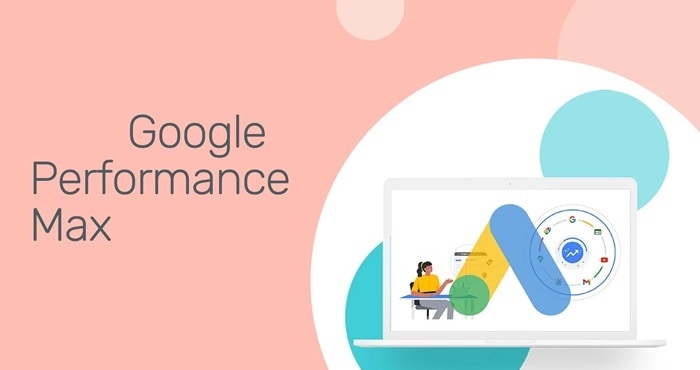
Switching from manual to automation
Since its official launch in July, Google’s PMax has garnered substantial adoption within the digital marketing community. However, there remains room for enhancement. Vowinkel emphasized that those hesitating to shift from manual methods may be missing out on significant opportunities.
“I’ve dedicated a significant amount of time to travel advertising in the past few months, and the industry is buzzing about the advancements in AI advertising. People understand the potential of our AI solutions. However, there’s still room for growth in terms of adoption.”
“Some advertisers are still opting for manual approaches when our AI solutions could significantly assist them.”
“While adoption is strong, there’s undoubtedly more opportunity on the horizon.”
Unleashing the complete capabilities of PMax
Expanding on the reasons why advertisers should transition from manual to automated marketing strategies, Vowinkel explained:
“PMax leverages your assets and the provided information to connect with consumers in a targeted manner across the appropriate platforms, delivering the right messaging.”
“It also diminishes the guesswork involved in understanding shifting seasonal behaviors. For instance, summer travel patterns may differ from those during the holidays. Using PMax can save you from the manual effort of deciphering and comprehending the specific targeting needs.”
Vowinkel went on to present a case study illustrating how the global airline Lufthansa achieved its ambitious growth targets for the year by using PMax, resulting in:
- A 45% increase in customer acquisition.
- A 59% surge in bookings.
- A 27% reduction in cost per action.
According to Vowinkel, PMax played an important role in helping Lufthansa attain these results by eliminating guesswork and enabling the airline to effectively identify and reach its target audience.
Control concerns
PMax campaigns emerge as among the most automated types within Google Ads. Nevertheless, for certain marketers, the extent of control delegated to AI can be disconcerting and has raised some apprehensions.
Addressing this concern, Vowinkel remarked:
“PMax was crafted to alleviate the need for excessive control.”
“It empowers individuals to avoid the manual effort of trying to predict or decipher [shifts in consumer behavior]. For instance, understanding why one vacation destination was more popular last year and why a different one is gaining interest this year can be challenging.”
“So, PMax was designed to assist people in not having to comprehend as much and to allow the AI to handle the understanding on their behalf. That’s why there is a reduced level of control embedded in the product.”
Drawbacks of PMax
Even though PMax is experiencing increased acceptance among marketers, not everyone is fully assured of its capabilities, given the potential for significant variations in outcomes. Addressing common challenges associated with PMax campaigns, Vowinkel clarified:
“Primarily, being a newer product, we need to allow for growth and adoption, followed by a deeper understanding of how the product operates.”
“Secondly, a crucial factor in the PMax is the content you integrate into it—what you input into the product significantly influences the outputs.”
Tips for using PMax
When utilizing PMax, Vowinkel recommended the following actions:
Establish robust goals.
Incorporate a diverse range of visuals and assets.
Utilize pertinent audience lists.
Vowinkel highlighted that advertisers who adhere to these three steps have encountered “remarkable success” and have enabled AI to operate “most effectively.”
2024 Updates In the upcoming year
Google plans to refine the PMax product based on feedback from marketers. The primary development focus is on exploring innovative ways for advertisers to improve the information they provide to PMax, acknowledging that the effectiveness of the product’s output is closely tied to the quality of its input.
Vowinkel explained:
- “We’re thinking, how do we continue to work with partners on the quality of inputs and how will PMax continue to deliver on those goals.”
- “That’s where we’ll continue to see the product evolve as we head into 2024 and beyond.”
The arrival of SGE
Although SGE is presently in the experimental phase, SEOs are expecting a substantial impact on websites once it is officially launched. PPC marketers should also brace themselves for an influence on advertising, considering that Google recently tested a new SGE ad format just last month.
In her comments regarding what advertisers can anticipate, Vowinkel added:
- “We don’t know exactly what the ad environment will look like or how it will be incorporated into SGE.”
- “When we think about AI solutions, it’s definitely one of the more exciting things to come – but we just don’t know what it’s going to look like.”
- “I encourage everyone that is interested to be playing around with our AI solutions – it’s exciting to experiment with – but they are just that, experiments, at this time.”
The future of SGE and Google Ads
While Vowinkel couldn’t offer exhaustive details on what advertisers can anticipate when Search Generative Experience (SGE) becomes widely available, she underscored that there is ample reason for advertisers to look forward to the exciting developments expected in 2024.
- ” I think it might be an aggressive time frame to say that we will know exactly what an advertising environment would look like within SGE [in a year’s time]. We’re a little way off on that front.”
- “But advertisers should be excited because we are continuing to bring more experiences, and develop our understanding of inputs.”
- “This is going to help us evolve what the future looks like.”
Would you like to read more about “Google on Performance Max results and SGE” related articles? If so, we invite you to take a look at our other tech topics before you leave!
Use our Internet marketing service to help you rank on the first page of SERP.







